I should rightly call this piece ‘how not to go to Hogenakkal falls’. For this is an account of a trip to Hogenakkal on a route that did not exist.
Early September, very early Sunday morning, mid-monsoon. Three cars, twelve people, three cameras. No food. No maps. And no idea of which direction to take to Hogenakkal falls. We all vaguely knew that it was somewhere on the Karnataka – Tamilnadu border. And so the twelve of us set off merrily on the Kanakpura road towards Hogenakkal, asked for directions soon after leaving Bangalore, got ourselves misdirected (not once but several times!) and ended up on the road that never was.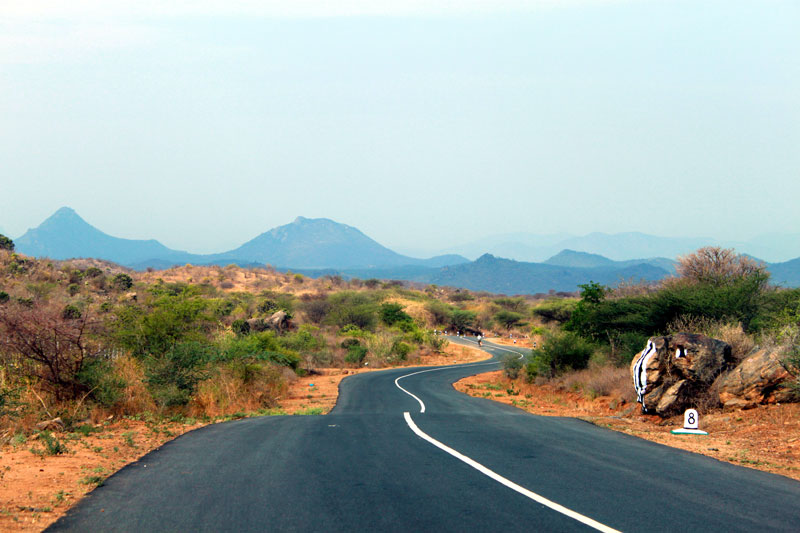
Brimming with optimism, we kept going, the levels of optimism not dipping even slightly as we drove and drove through a long and completely deserted road. At points, it was so tempting to turn back… but none of us was really sure of finding our way back to Bangalore either. And then of course, there is that silly obstinate streak in each of us that tells us to go on, even when we know it is best not to. And so, we went on. And on and on. For more than two hours, not coming across another living soul, or signboards.
Finally, we stumbled back upon civilization – small Tamilnadu town – food! and correct directions! Lunch over, we asked for directions at the dhaba and drove on, finally coming across the first signboard for Hogenakkal (48 km to the right) that we saw since we left Bangalore over six hours ago.
At Hogenakkal
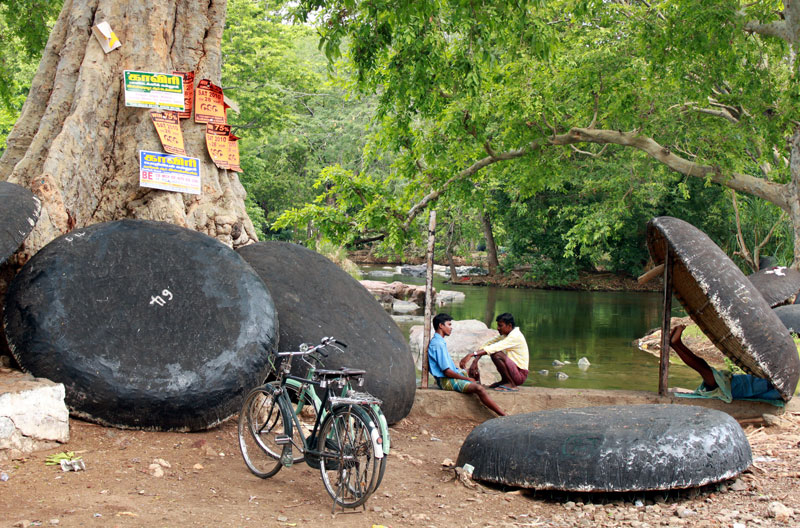 Hogenakkal is not one single huge waterfall but a series of smaller falls, all in full flow at that time, thanks to the rains. The only way to actually get close to the falls is on coracles, small round boats capable of seating upto five people including the boatman. Heavy bargaining later, we seated ourselves on these coracles, which turned out to be surprisingly comfortable and sturdy.
Hogenakkal is not one single huge waterfall but a series of smaller falls, all in full flow at that time, thanks to the rains. The only way to actually get close to the falls is on coracles, small round boats capable of seating upto five people including the boatman. Heavy bargaining later, we seated ourselves on these coracles, which turned out to be surprisingly comfortable and sturdy.

The bargaining is an integral part of any trip to Hogenakkal, I learnt later. This is where the real action lies; a group of boatmen approach you as soon as you near the area of the waterfalls. The price they quote initially is so high that you are tempted to believe they are offering to sell you a coracle instead of taking you for a spin on it. The trick, as with all sound bargaining, is to start at a ridiculously low amount, and over the course of the next few minutes meet the demand of the boatman somewhere midway.
These coracles, known as parisal locally are used commonly across the Cauvery, Krishna and Tungabhadra rivers. The boats look flimsy but are extremely sturdy and the bottom is covered with a layer of buffalo hide to keep it waterproof. It is said that the design of these boats have remained unchanged for centuries, the only modern addition being a layer of plastic sometimes added at the bottom (instead of or along with the buffalo hide) to enhance the sturdiness.

The boatman took us close to the first of the huge falls, and I am told, in lean season, it is possible to go even further upstream, closer to the others. It is a wonderful feeling, the mist and the water drops against your face. It is not for nothing that the place is called Hogenakkal – meaning “smoking rocks” – the Cauvery that winds through rocks in this placid valley between two states falls from a height of 150 feet.
Due to the splitting-now and merging-now nature of Cauvery’s flow in this spot, Hogenakkal strictly is not a single fall but a series of waterfalls spread across a kilometer of rocky terrain.


 And then turning back, we began to move downstream. In this part of the ride, the coracle moves through the calm waters, bounded by giant black granite rocks on either side. There is lots of activity on these waters, sometimes causing situations similar to traffic jams on urban roads. Kids, as small as 9 or 10, run nimbly to the top in front of your eyes and dive into the waters from the very top at a signal from you, all for a few rupees. Commerce thrives merrily even in the middle of the water with vendors selling packed snacks and cool drinks from their coracles – door delivery of a different kind! We pass tiny little caves, the black stone glistening as a result of hundreds of years of combined exposure to the harsh sunshine and cold waters.
And then turning back, we began to move downstream. In this part of the ride, the coracle moves through the calm waters, bounded by giant black granite rocks on either side. There is lots of activity on these waters, sometimes causing situations similar to traffic jams on urban roads. Kids, as small as 9 or 10, run nimbly to the top in front of your eyes and dive into the waters from the very top at a signal from you, all for a few rupees. Commerce thrives merrily even in the middle of the water with vendors selling packed snacks and cool drinks from their coracles – door delivery of a different kind! We pass tiny little caves, the black stone glistening as a result of hundreds of years of combined exposure to the harsh sunshine and cold waters.

At the very end is a placid stream where it is possible to swim and cool off in peace and isolation; the boat man left us there for an hour to swim. The water here is also said to have curative properties, perhaps due to the presence of minerals or the goodness of herbs it crosses path with on its flow – and massages are freely available at various points in Hogenakkal. Apart from the boating, massage seems to be an activity almost every local has taken to as a money-spinning option. It is an almost scary sight to see well-oiled men getting pounded and pummeled by the locals, all in the name of a massage. To each, his own, as they say.
After an hour of water sports (as defined by a bunch of lazy people who were content to soak in the sun while floating on the shallow water), we headed back to what is “mainland”. At the shore, there is a watch-tower of sorts, close to the first fall, from where it is possible to get a panoramic view of the falls on both sides. This is perhaps the most picturesque spot in the area, especially the view towards the side where the stream meanders on towards the hills in the distance, bounded by black rocky walls on either side. Tens of coracles glide on it silently, as we did just a couple of hours ago, now looking like little dots from where we stood. A mild drizzle had started and ended just as abruptly, and then as we turned to go, there it was, a grand rainbow across the waterfall right in front of our eyes. And suddenly, the heat and long directionless drive were forgotten, and I resolved to be back at Hogenakkal soon, this time with a road map in my hands!
***
A confession: this is a slightly shorter version of an article I wrote for Windows & Aisles, the inflight magazine of Paramount Airways a while ago. I have since made another trip to Hogenakkal falls from Bangalore, this time well researched and planned and I am glad to say we made it and back without any such experiences. The photographs are from the recent trip when the water levels at Hogenakkal were a summery low.
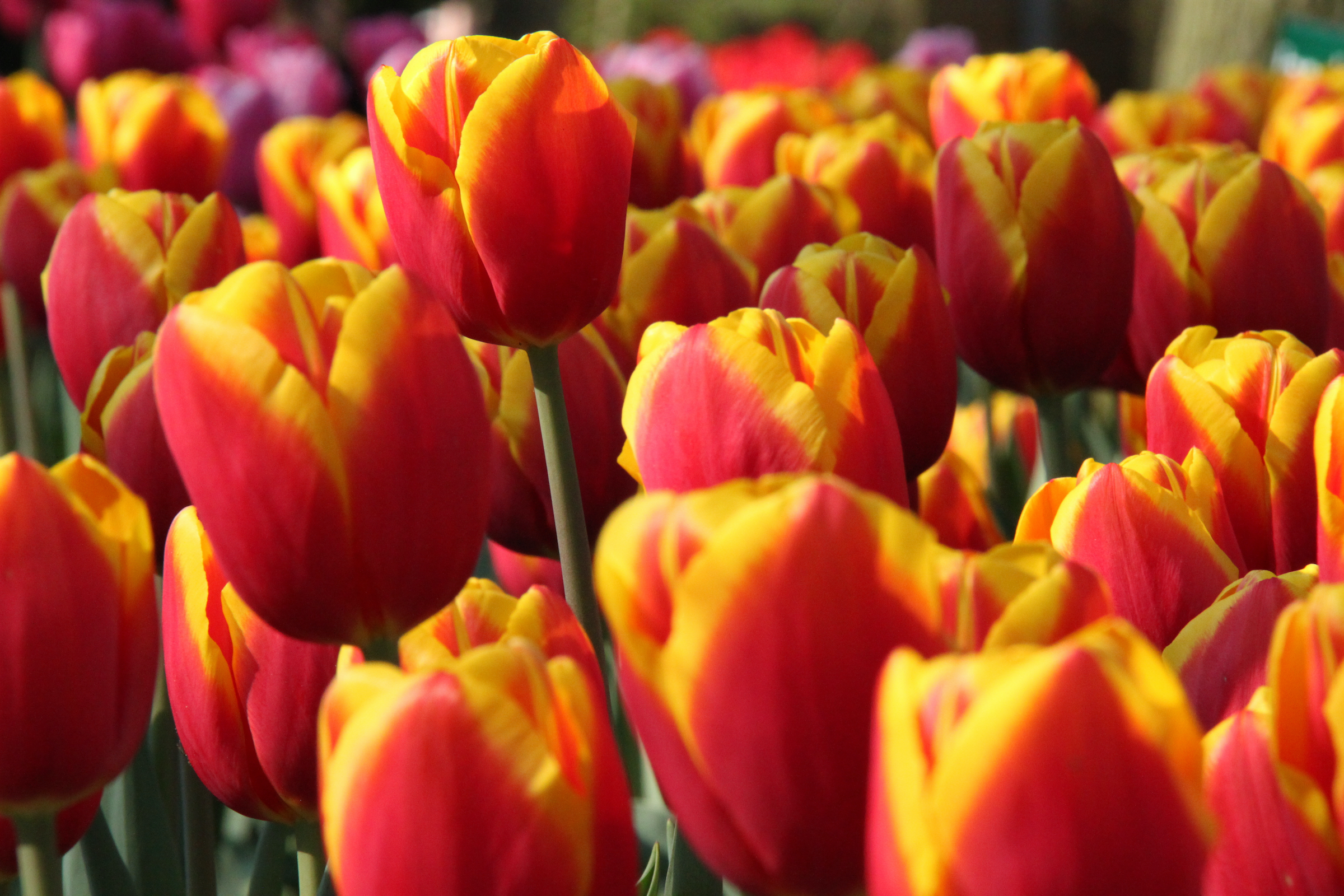
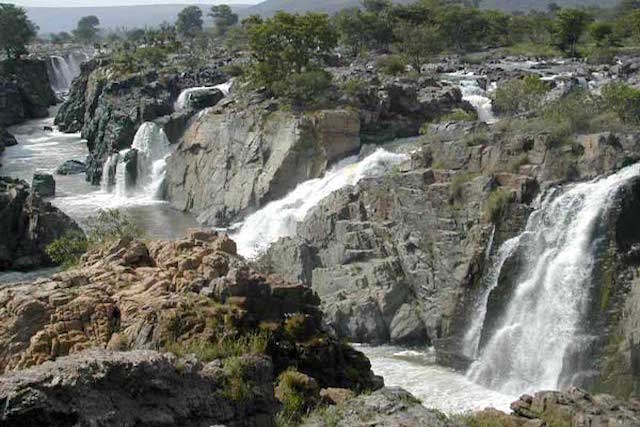
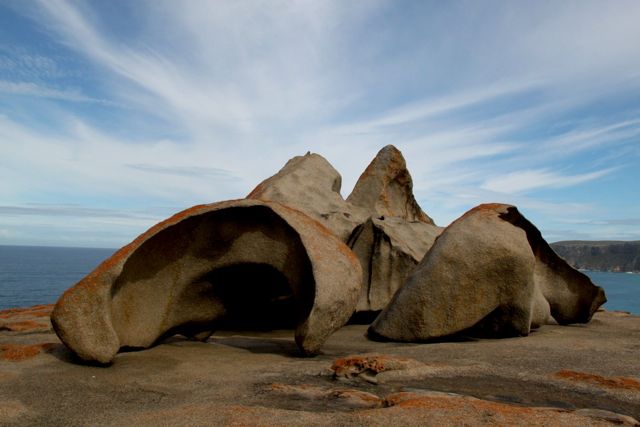

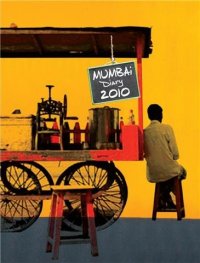
wonderful! esp loved the title… so descriptive……made me remember our trip there a few years back… unfortunately, had no camera then and missed taking pics… have to go again!
the fish fries out there are awesome 🙂
Anu, that’s the meaning of Hoge-na-kkal 🙂 – and do go after the monsoon – it’s a awesome sight…
Pallavi, me vegetarian but I’ve heard so 🙂
Oh man, so pretty! It looks like where they filmed in Ravaana? Is it (if you happen to know?) I’d love to do this trek!